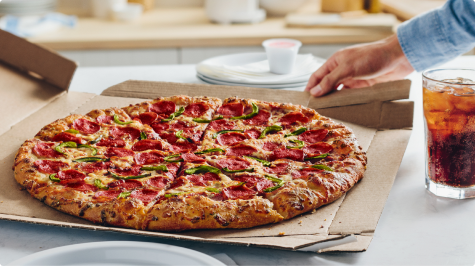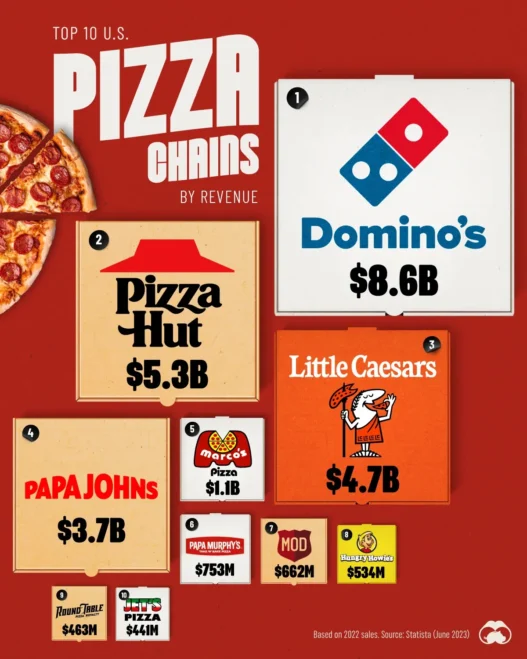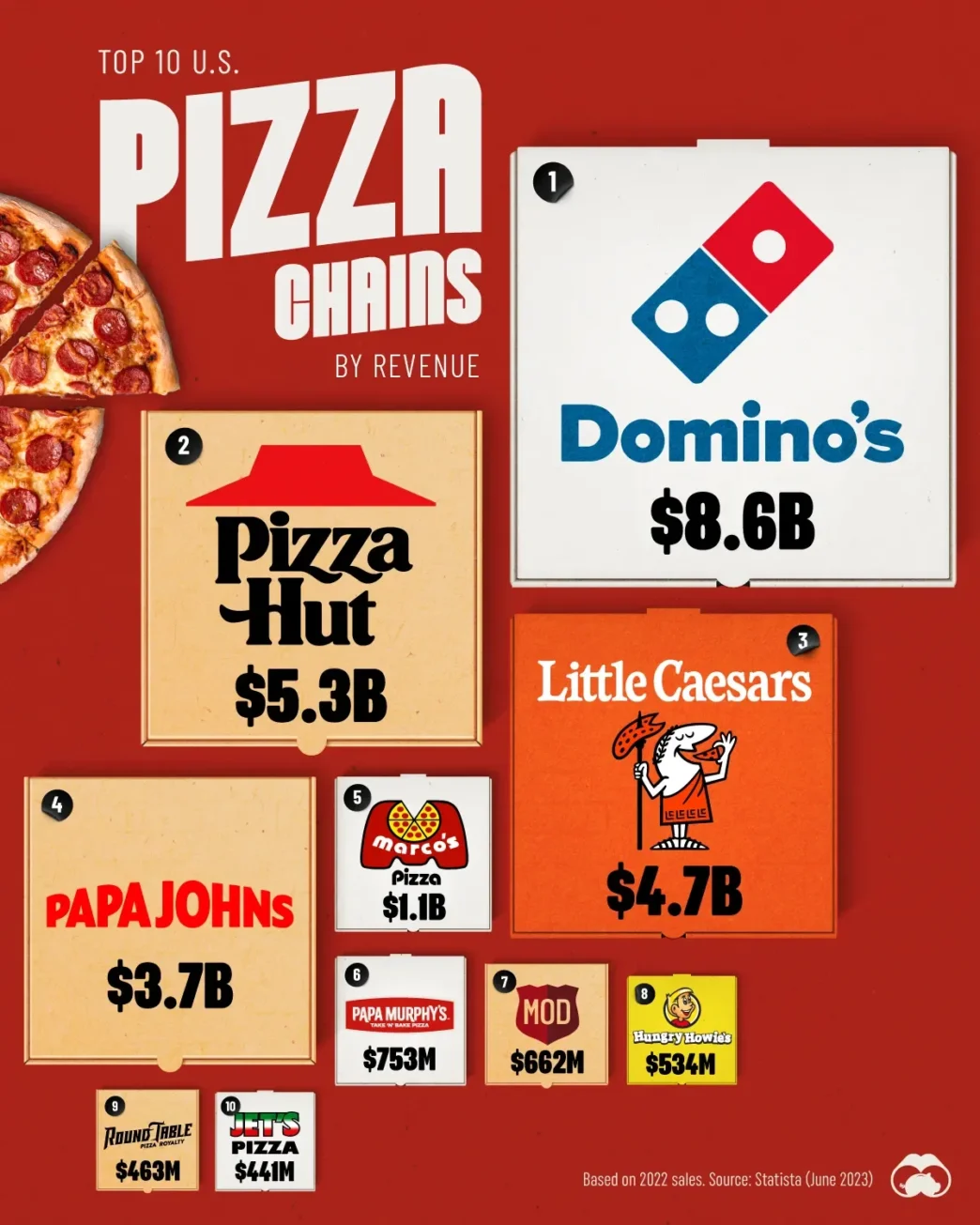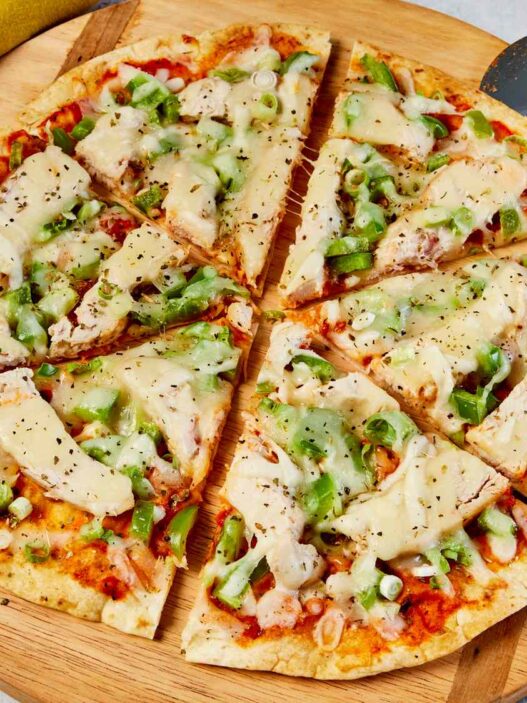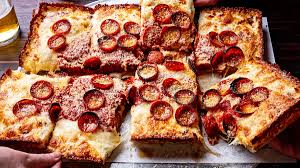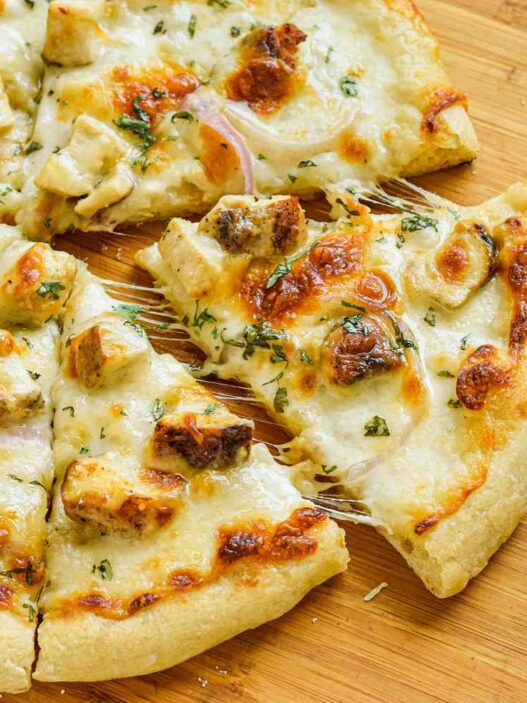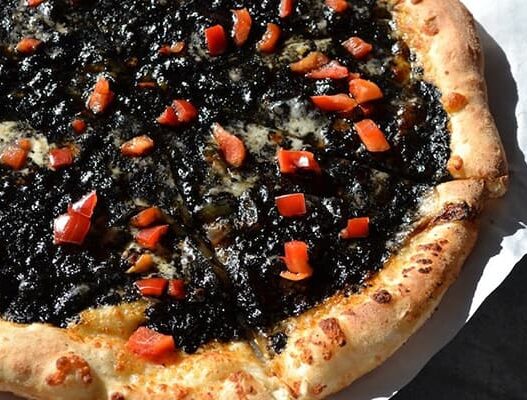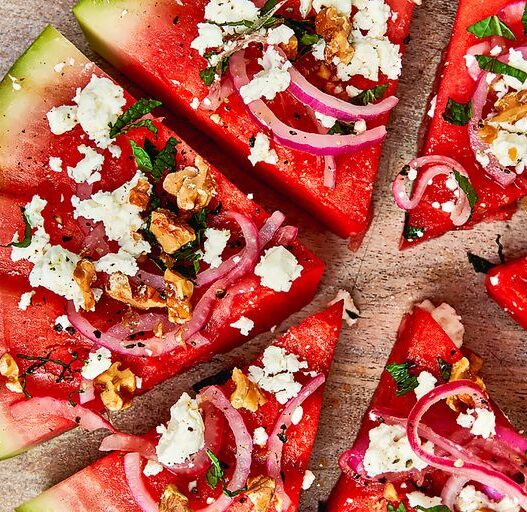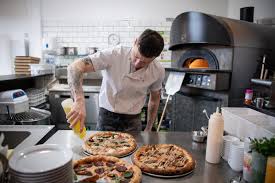Introduction:
The pizza world has always been a clash between the giants and the artisans. On one side, the big pizza chains—dominating skylines with glowing signs, powered by billion-dollar ad budgets, and armed with supply chains that stretch across continents. On the other side, the independent pizzeria—your local slice shop where the dough is made fresh daily, the toppings are locally sourced, and the owner still remembers your favorite order.
But the story unfolding across America is becoming increasingly clear: big chains are outpacing local shops at an unprecedented rate. According to Technomic’s 2024 Pizza Consumer Trend Report, major chains like Domino’s, Pizza Hut, and Papa Johns captured more than 60% of all U.S. pizza sales in the last year. That number was less than 50% just a decade ago.
The question is: why are local pizzerias struggling—and what can they do to push back?
Why Big Pizza Chains Keep Winning
Let’s break down the advantages of the national pizza players:
1. Supply Chain Domination
Chains buy cheese, flour, and pepperoni by the ton. That gives them bulk pricing power local pizzerias can’t match. While an independent shop might pay $4 per pound for mozzarella, a chain may secure it for half that price. Lower costs mean higher margins—or the ability to undercut independents on price.
For example, Domino’s operates its own supply chain centers, delivering dough and cheese to its stores with ruthless efficiency. It’s not just pizza—it’s logistics.
2. Aggressive Tech Adoption
Pizza delivery software, AI-powered ordering, and data-driven marketing have become central to the chain advantage. Domino’s famously branded itself a “tech company that sells pizza,” and that wasn’t just hype. Their mobile app has been downloaded over 50 million times, giving them direct access to customer habits.
Independent shops? Too often, they rely on clunky third-party delivery apps that eat into profits.
(If you’re running a shop, investing in a pizza POS system or specialized pizza delivery software can close that gap. Check out our guide to the best pizza POS systems for recommendations.)
3. Marketing Muscle
National TV ads. NFL sponsorships. Celebrity endorsements. When Papa Johns puts Shaquille O’Neal on your screen during halftime, that’s millions of dollars independents simply can’t spend.
But here’s where locals can win: authenticity. You don’t need Shaq when you have a loyal community that believes in your product.
How Local Pizzerias Can Fight Back
Despite the pressure, independents aren’t doomed. In fact, there are strategies that allow smaller shops not just to survive—but to thrive.
1. Own the Story, Not Just the Slice
Customers increasingly care about where their food comes from. According to NielsenIQ, 72% of millennials prefer dining with businesses that source ingredients sustainably.
Highlight your farm-to-oven mozzarella, your heirloom tomato sauce, your family dough recipe. Don’t just put it on the menu—tell that story online, on Instagram, and on your walls.
Want to learn how to make dough at home that rivals any chain? Here’s our pizza dough recipe that professional pizzaiolos swear by.
2. Invest in Smart Tools
While you can’t buy Domino’s IT department, you can invest in technology that levels the field. A modern POS system will help track sales, automate loyalty programs, and streamline delivery. Software like Toast or Slice has plans designed for independents.
Pair that with the right equipment: a reliable oven, a dough press, or a commercial mixer. Tools like this pizza oven on Amazon aren’t just for home chefs—they’re the backbone of consistency in small shops too.
3. Lean Into Community Marketing
Chains can’t replicate local roots. Sponsor a youth soccer team, host a “Make Your Own Pizza Night,” or collaborate with a local brewery on a special pizza + pint pairing.
The real trick? Document everything. Post photos, share reels, and tag your community. It’s not just marketing—it’s storytelling.
For practical tips, explore our article on pizza shop marketing strategies.
The Rise of Artisanal Pizza Ingredients
One of the biggest ways independents are standing apart from the chains is through ingredient quality. Chains prioritize consistency and cost-efficiency, but independents can win with freshness and flavor.
- Flour: Chains often use commodity flour. Independent shops can opt for heritage grains or imported Italian “00” flour that creates silkier dough.
- Cheese: Mass-market mozzarella versus local dairy farms or specialty bufala mozzarella.
- Toppings: Chains rely on standardized pepperoni; independents can experiment with nduja, soppressata, or even vegan chorizo.
Curious to try artisanal ingredients at home? You can find excellent starter kits and specialty items here on Amazon.
Home Pizza Makers: The Quiet Revolution
It’s not just pizzerias facing competition from the chains—home pizza ovens are exploding in popularity. Sales of backyard pizza ovens have doubled since 2020, with brands like Ooni leading the charge.
Why does this matter? Because independents can tap into this trend. Hosting classes, selling dough kits, or providing branded ingredients allows pizzerias to become part of the home pizza movement instead of losing customers to it.
If you’re a home chef, investing in the best home pizza oven can transform your kitchen. We’ve reviewed the top options in our home pizza oven guide.
Sustainability: The Ace Up the Sleeve
Chains have made progress in eco-friendly packaging, but independents can often move faster. Compostable boxes, plant-based toppings, and local sourcing can become a point of differentiation.
Customers increasingly choose brands aligned with their values. Show them that choosing your pizza isn’t just about flavor—it’s about supporting sustainable food systems.
Looking Ahead: The Future of the Pizza Battlefield
Independent pizza shops will never match Domino’s ad spend or Papa Johns’ supply chain. But they don’t need to. Their advantage lies in flavor, authenticity, and community.
The shops that will survive the next decade are the ones who embrace technology without losing their soul, tell stories without sounding like ads, and lean into the magic of pizza as culture—not just commodity.
Because at the end of the day, pizza is more than bread, cheese, and sauce. It’s memory, tradition, and innovation all baked together. The chains may be winning on numbers, but independents are winning on meaning.
And in the long run, meaning is what keeps customers coming back for another slice.
Affiliate Disclaimer
This article contains affiliate links, which means the Pizza Weekly Magazine may earn a commission if you make a purchase through them, at no extra cost to you. We only recommend products and services we genuinely believe in.




